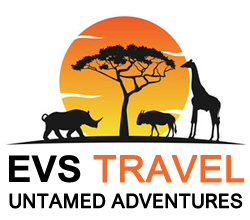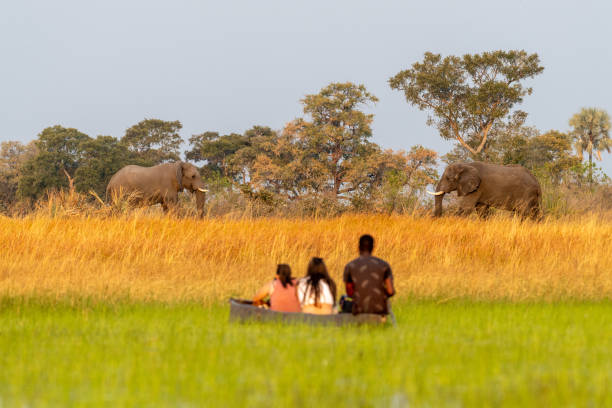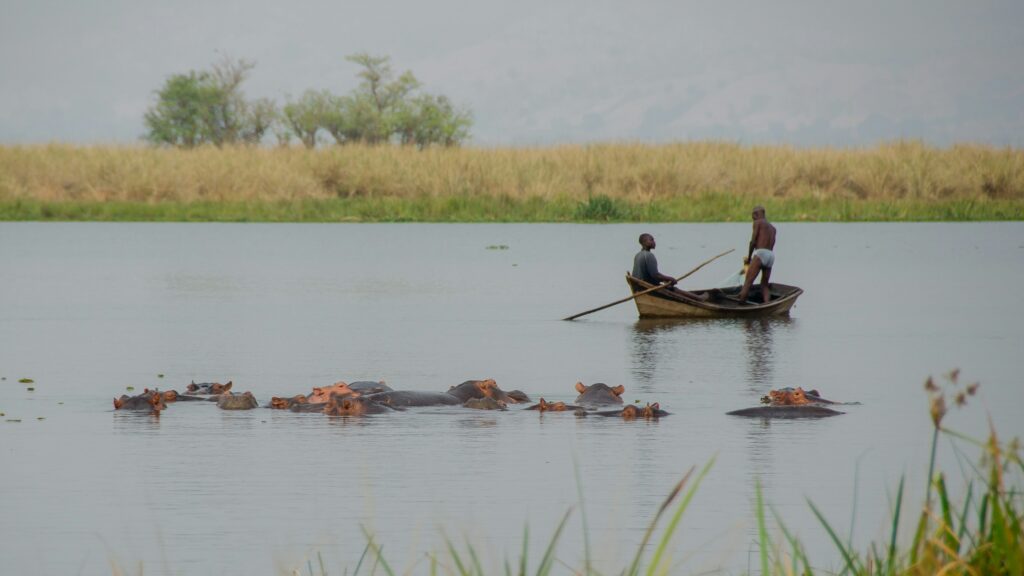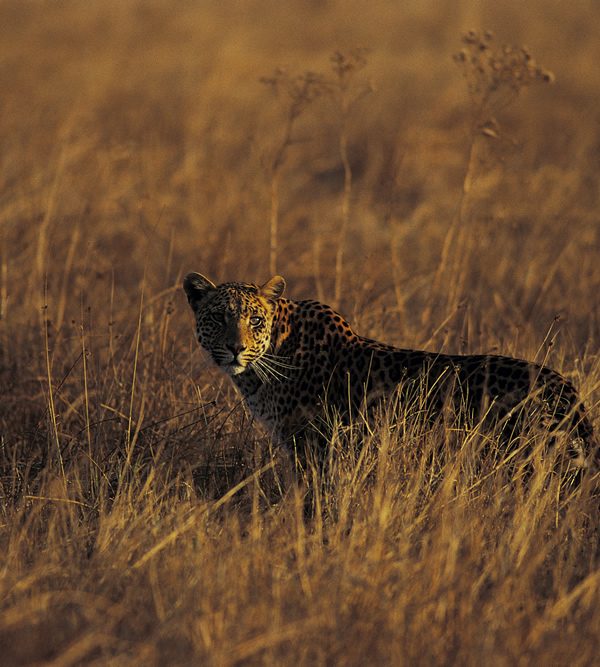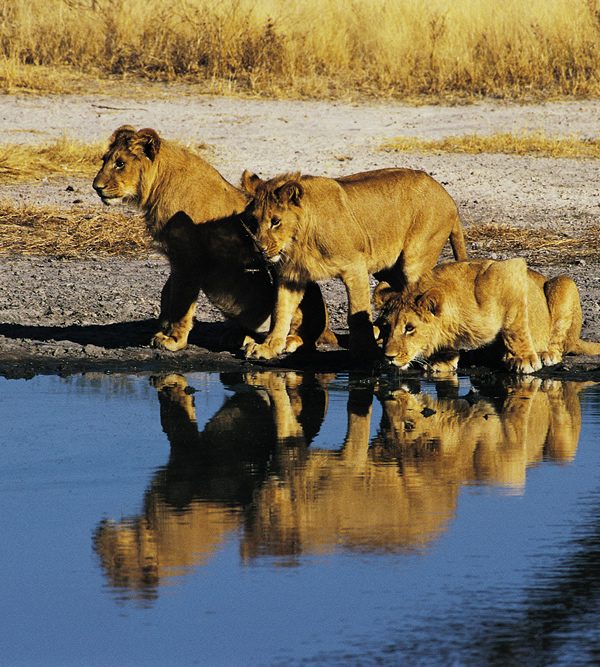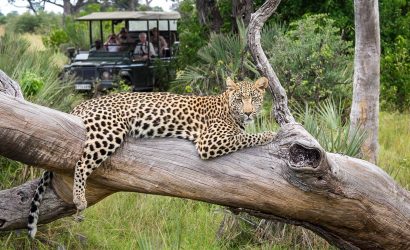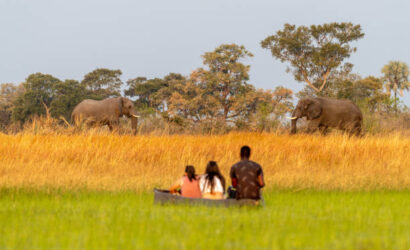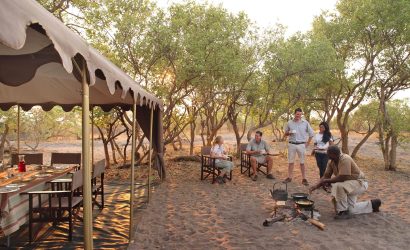The Okavango Delta is one of the most unique and ecologically important wetlands in the world. Here’s a concise overview:
Location
- Country: Botswana
- Region: North-western Botswana
- Coordinates: Approximately 19°S, 23°E
What Makes It Unique
- It is an inland delta — the Okavango River flows from Angola into Botswana, but never reaches the sea. Instead, it fans out into a vast network of channels, lagoons, and islands in the Kalahari Desert.
- This seasonal flooding creates a lush oasis in an otherwise arid region.
Seasonal Cycle
- Rain falls in the Angolan highlands from January to March.
- The floodwaters travel over 1,000 km, reaching the delta in June–August, during Botswana’s dry winter.
- This timing supports a rich diversity of life, as animals migrate to the delta when water is scarce elsewhere.
Wildlife
The Okavango Delta is a UNESCO World Heritage Site and supports:
- Elephants (one of Africa’s largest populations)
- Lions, leopards, cheetahs
- Hippos, crocodiles
- Antelope species like the red lechwe and sitatunga
- Over 400 species of birds
Ecosystem and Habitats
- Seasonal floodplains
- Permanent swamps and lagoons
- Forested islands
- Mopane woodlands
Conservation and Threats
- Protected by the Moremi Game Reserve and several community-based conservation areas.
- Threats include:
- Climate change (affecting rainfall and flooding)
- Agricultural development upstream
- Water extraction projects
Travel and Tourism
- Known for luxury safari camps, mokoro (dugout canoe) excursions, and game viewing.
- Access is often by small aircraft from Maun, the gateway town to the delta
